Advantages and Disadvantages of PipelineOne of the safest, most economical, and most successful methods to move petroleum products onshore is via pipelines. We have a system of pipes connecting the whole of the refineries so that we can reliably and safely discharge refined goods. What is Pipeline?The pipeline is a piece of pipe containing pumps, valves, and certain other control equipment which is used to transfer liquids, gases, and slurries. The diameters of pipes range from lines with a diameter of 2 inches (5 centimeters) used in oil-well collection systems to lines 30 feet (9 meters) wide used in high-volume water and sewage networks. Although some are built of concrete, clay materials, and sometimes polymers, pipelines typically consist of pipe sections composed of metal (such as steel, cast iron, and aluminum). In most situations, the portions are put underground after being joined by welding. Pipelines are widely distributed across most nations. The general public often overlooks their economic impact and their role in freight transportation since they are typically out of sight. However, pipelines transmit almost all the water from treatment facilities to individual homes, all of the natural gas from wellheads to individual customers, and almost all of the long-distance oil overland transit. 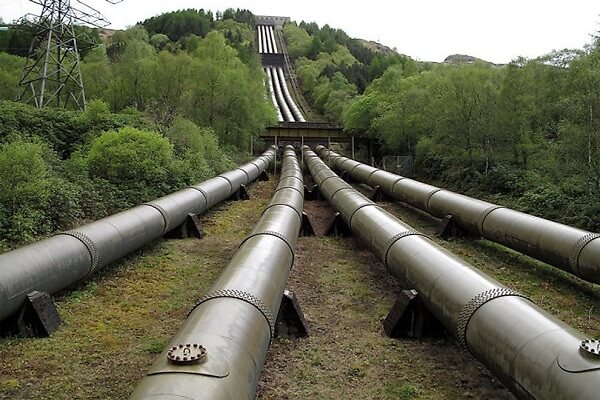
Due to their lower environmental impact, reduced thievery risk, and superior cost, safety, convenience, and reliability than rival routes like truck and rail, pipelines have long been the favored transportation method for liquid and gas. Pipelines have been used to carry solids such as coal as well as other minerals over large distances, as well as grain, boulders, concrete, cement, industrial waste, wood, machine components, novels, and dozens of other things over small distances, even though transferring solids via pipeline is more challenging and expensive than transporting liquids and gases. Pipelines have been used to move a growing variety of tangible goods. HistoryPipelines have been built across the globe for countless years to transport water for cultivation and consumption. Along with the usage of irrigation systems by the Romans and the Persians, this also refers to the historical use of bamboo-walled pipes in China. Lines of pipe's major advancements after 1950 include using polyvinyl chloride (PVC) pipes for sewerage, the adoption of ductile iron & huge concrete pressured pipelines for water, the utilization of "pigs" to clean the inside of pipelines & perform other chores, the "batching" of several petroleum liquids in a single pipeline, including the use of cathodic protection technology. 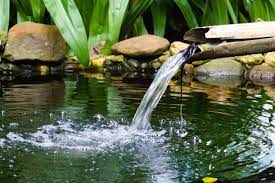
The Chinese even utilized bamboo pipes to transfer natural gas to illuminate their capital. In addition, several new tools have been developed or created to make pipeline building easier. Big side booms for laying pipes, drilling equipment to bridge rivers and highways, field-bending equipment for bending large pipes, and X-rays to find welding faults are a few examples of these. Different kinds of PipelineDifferent categories may be used to classify pipelines. Following, pipelines will be divided into groups based on the kind of fluid flow and the product being conveyed. 1. Water and sewage systemsAll across the world, pipes are used to transport water from water treatment facilities to specific homes or structures. Cities and streets are covered by a network of underground pipes. Based on the recrystallization temperature of the region and the necessity for protection from unintentional damages by digging or building operations, water pipes are often installed a few feet (or more) underground. Although the copper tube is often used for interior piping in contemporary water engineering, large-diameter outside high-pressure water mains (trunk lines) may include steel, ductile-iron, or cement tension pipes. Steel, iron, or PVC pipes can be used for shorter lines (branch lines). While drinking water is transported via metal pipes, the inside of the pipeline often includes a polymer or concrete lining to avoid corrosion, which might worsen the water quality. To prevent corrosion from occurring due to interactions with specific soils, the exteriors of metal pipes are also covered in specialized tape and with just an asphalt substance. Additionally, a practice known as cathodic protection involves placing direct-current electrodes along steel pipes. 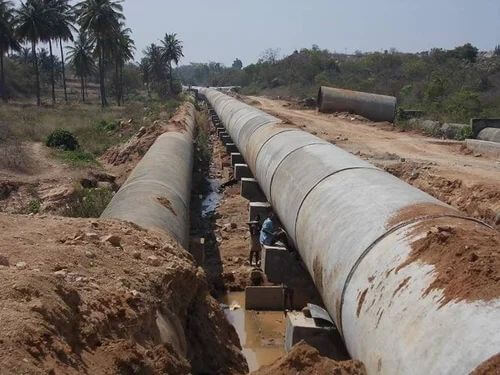
Typically, there are just 2% particles and 98.6% water in domestic sewage. Even though it travels via pipelines (sewers) at reduced pressure, sewage is often quite caustic. Sewer pipes may be composed of clay, cast iron, PVC, concrete, or other materials based on the pressure within the pipe and other factors. PVC is particularly well-liked for sizes that are smaller than 12 inches (30 cm) in diameter. Frequently, corrugated steel pipe is used in large-diameter storm drains. 2. Oil pipelinesOil pipelines come in two varieties: those that transport completed items and those that transport crude oil. In contrast to the latter, which takes processed commodities from refineries to markets, the former delivers heavy crude from regions to refinery, comprising gasoline, kerosene, jet fuel, & heating oil. The very same pipeline is often used to transmit multiple batches of refined fuels or various types of crude oil There is hardly any and controllable mixing between batches. Large volumes (larger columns of the same fluid or material) are used to do this, or batches may be separated using just an inflating rubber ball or sphere. There are frequently modest amounts of additives in crude oil and certain petroleum products that are transported via pipelines to lessen internal corrosion of the pipe and energy loss (drag reduction). Polymers like polyethylene oxides are really the drag-reducing compounds that are frequently employed. Steel pipe without a liner, cathodic protection, as well as an exterior coating are virtually always used during oil pipelines to reduce external corrosion. In the field, they are joined by welding and moulded into the desired form. 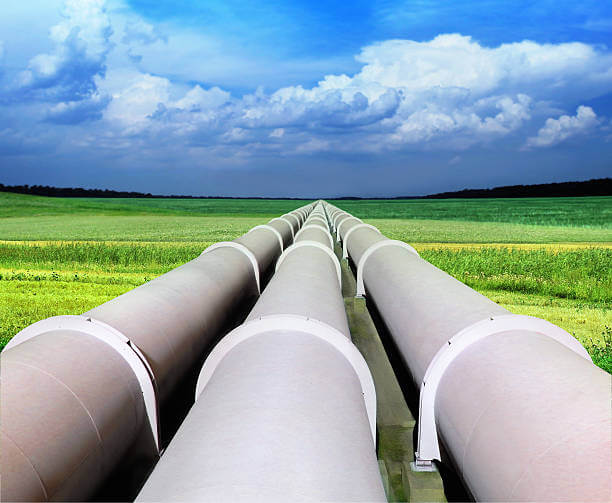
3. Gas PipelinesNatural gas is almost exclusively transported overland via pipeline. It would be riskier and more costly to deliver natural gas by truck, rail, or barge. Gas collection and transmitting lines are constructed of steel. However, the bulk of distribution lines (i.e., Smaller lines going from the main or communication networks to customers) are built in the U. S. since 1980 use flexible plastic pipes that are easy to place and don't corrode. 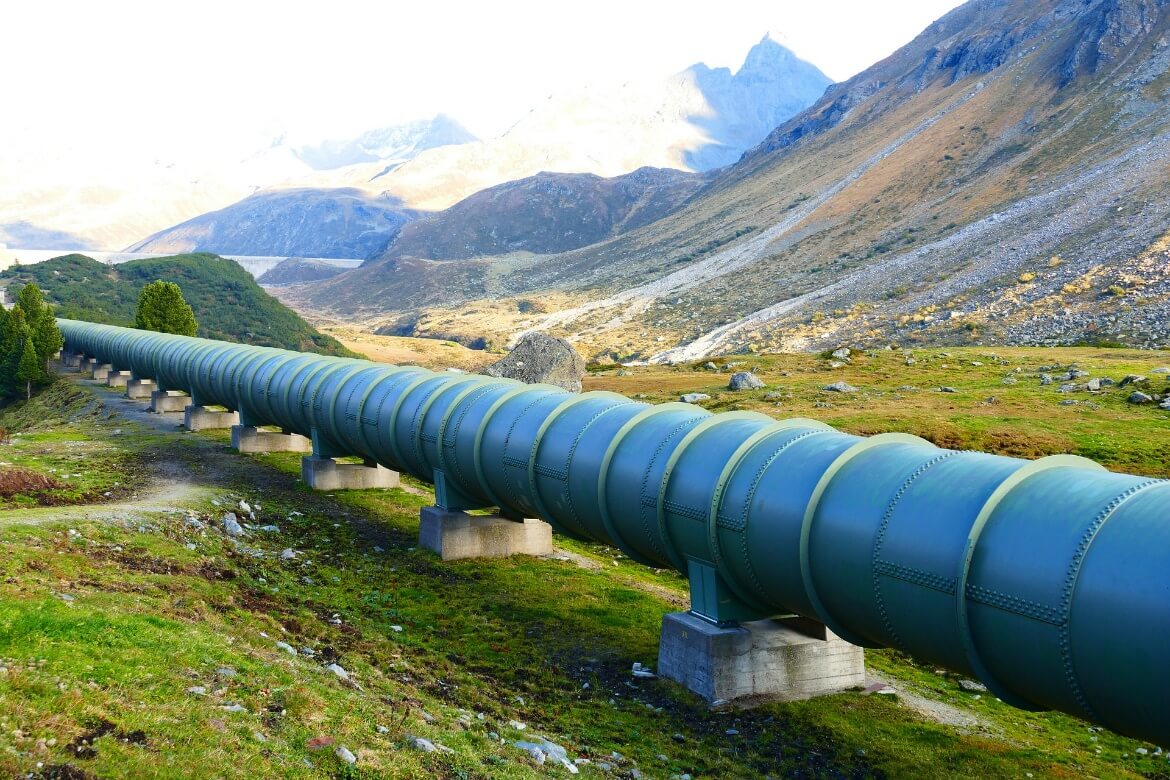
The biggest and most advanced natural gas pipeline network is run by the United States. The majority of other countries in the globe utilize natural gas and have gas pipelines. Advantages of pipeline transportation:(1) There are a lot of shipments. An oil pipeline may continually carry out transportation duty. The yearly transit capacity of this system may range from millions of tonnes to tens of millions of tonnes, or even more than one hundred million tonnes, depending on the size of its pipe. (2) Compact size. The majority of transportation pipes are buried below and take up relatively little space; in fact, the transportation system's building practices have shown that the buried portion of these pipelines makes up over 95% of their entire length. As a result, just 3% of motorways and 10% of railways permanently occupy land. The pipeline transportation strategy, which is crucial for conserving land resources, should be prioritized in the transportation planning system. (3) The pipeline transportation construction process is quick and inexpensive. The building time for pipeline transport networks is often more than 1/3 less than the construction time for trains with the same volume, according to many domestic and international case studies. According to statistics, building a pipeline costs roughly 60% less than building a railroad. (4) Transportation by pipeline is secure, consistent, and dependable. Pipeline transmission is secure and can significantly reduce loss due to volatilization since oil and natural gas are combustible, explosive, volatile, and leaky. Additionally, leakage-related air, water, and soil contamination may be significantly minimized. The green criteria for infrastructure improvements may be better met by pipeline transportation. (5) Transportation by pipeline uses less energy, is inexpensive, and provides favorable results Pipelines in developed nations transport oil; this method uses less energy per tonne of distance traveled than train transportation. The expense of mass transit is almost as expensive as shipping goods by sea. Therefore, pipeline transportation is the most energy-efficient mode of transportation when no water is available. The transportation system has a high level of transportation efficiency since there are no no-load trips. Disadvantages of Transportation through pipeline :1. Particularly powerful The products conveyed are mostly singular, and transportation objectives are constrained. Only appropriate for moving liquid and gaseous commodities like oil, gas, chemicals, a slurry made from broken coal, etc. 2. Lack of adaptability The relatively straightforward payload transported by pipeline transportation makes it less adaptable than other modes of transportation (like vehicle transportation), and it also prevents the growth of pipelines. Transportation through pipeline often requires collaboration with transportation via railway, transportation through the car, and transportation via canal to provide "door-to-door" transportation services for regular customers. 3. Significant fixed expense To facilitate the smooth operation of pipeline transportation, it's also important to set up storage depots and pressurization units at every intermediate station. 4. Powerful franchise The development, transit, and sale of pipelines are all included under the category of special transportation, and they are not made available to other shippers. ConclusionDespite the worries and misconceptions that exist concerning pipelines carrying natural gas and oil, most people are unaware of how crucial this infrastructure is to the stability of the nation. The average daily volume of barrels transported via pipelines to convey these items securely is 62.4 million barrels. We must always look for methods to modernize our infrastructure to fulfill safety requirements, just as we would with any other property. |
 For Videos Join Our Youtube Channel: Join Now
For Videos Join Our Youtube Channel: Join Now
Feedback
- Send your Feedback to [email protected]
Help Others, Please Share










